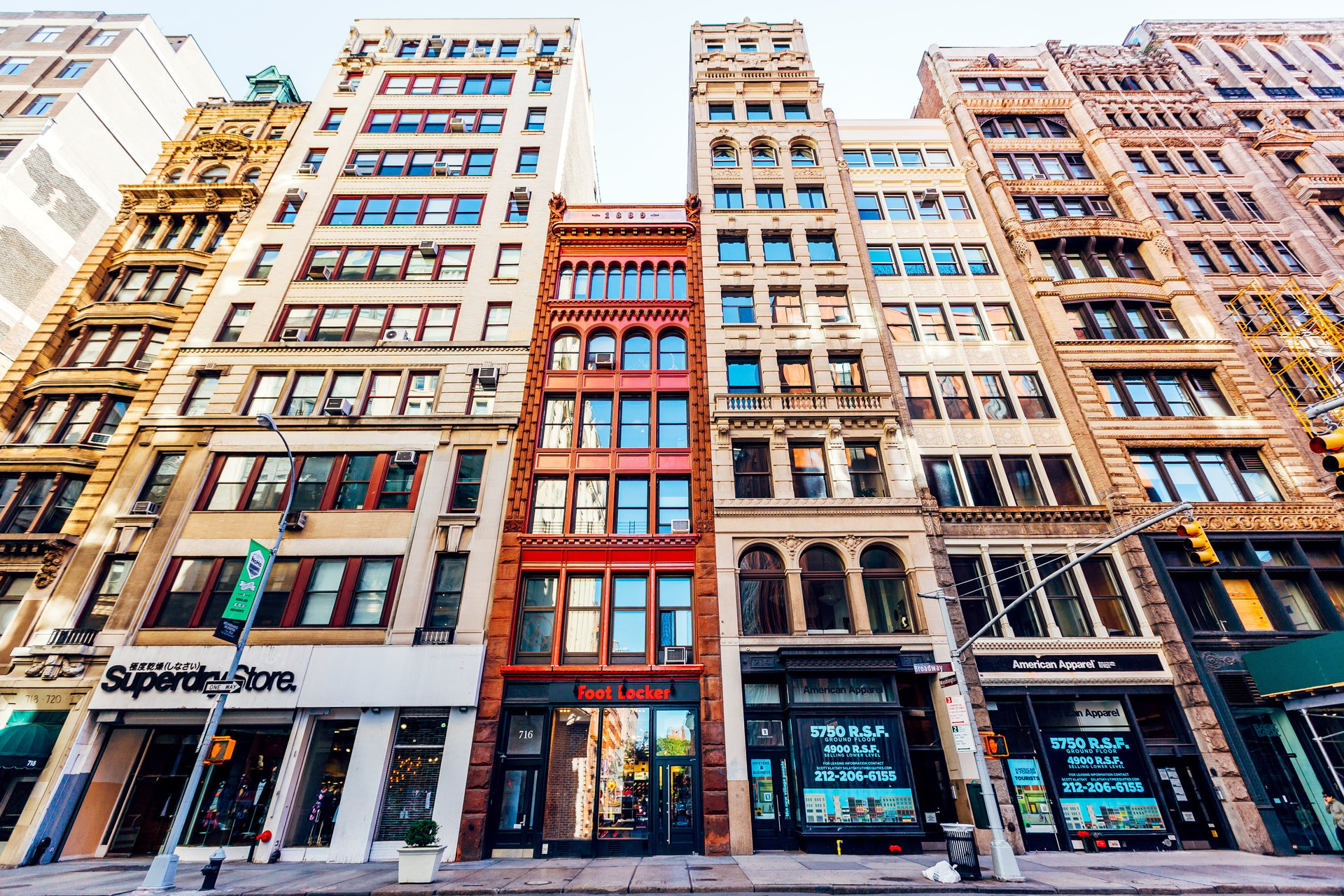First-time retailers are leading the brick-and-mortar revival in New York
More favorable tenant conditions have made the city an attractive spot for new storefront openings

When the Covid-19 pandemic upended the lives of American consumers, retail storefronts in cities across the U.S. were forced close their doors. Spaces emptied out amid government-led shutdowns, and some to this day haven’t fully returned. Meanwhile, urban centers are still facing less foot traffic than they were in pre-pandemic days.
Suggested Reading
When it comes to bringing retail businesses back, New York City may offer a case study. First-time retailers are setting up shop in the Big Apple, and they’re playing a key role in the city’s revival, according to a new report (pdf) by real estate company Coldwell Banker Richard Ellis (CBRE).
Related Content
The study, which looks at deals struck between 2020 and 2023, found that retailers started signing first-time lease agreements in droves last year. In 2023,“first-timers” committed to more than 455,000 sq. ft., or 18%, of Manhattan’s annual leasing volume, CBRE found, adding that they accounted for nearly 30% of the square footage leased by all new applicants over the three-year period.
In total, between 2020 and 2023, over 1.56 million sq. ft. of new deals were signed by retailers opening their first Manhattan-based store, making up 15% of total leasing volume during the period, the report said.
First-time retailers may be the key to reviving the city in part because of better tenant conditions and deals. After waves of pandemic-led store closures, CBRE found that more vacant storefronts, concession packages, lease flexibility and percent rent-lease agreements, are key factors that prompted retailers to seek new opportunities in areas where they may have not previously been able to “penetrate or afford.” A translation: Thanks to a looser market, new retailers are finding they can open up shop in spaces that were once too expensive for them.
New York’s retail appeal
Manhattan’s social cachet has attracted shoppers near and far, CBRE added. International tourism and strong consumer demand for luxury and leisure is adding to the city’s curtain raising resurgence. Plus, consumers are still interested in dining out and adding to their wardrobes. The city’s retail resurgence has primarily been led by food and beverage spaces — like restaurants, bars, coffee shops, and cafes — as well as apparel stores. Combined, the two industries respectively made up 20% of new-to-market leasing share during the three year period.
Looking ahead, CBRE expects the overall demand for tenants in the city to slow down and warned that retailers may need to find the “next best” location in other markets. That’s owed in part to the influx of deals and rising market prices, coupled with the time and costs it takes to develop new spaces.
But even so, New York City “remains the prime location for new retailers seeking to test their brand on the biggest stage in the world,” CBRE said. “And those who have recently entered the market are well-positioned for growth.”
